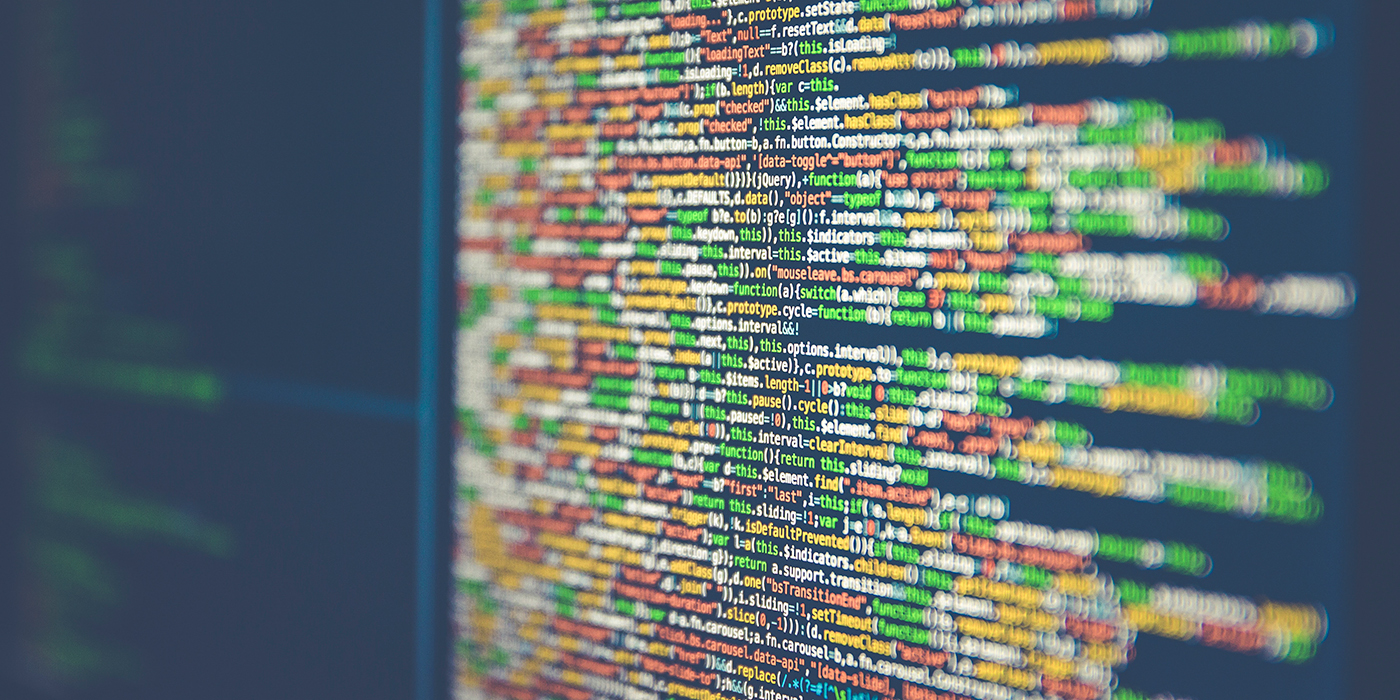As coronavirus cases surge in parts of the U.S. and a vaccine solution looms, Americans, as well as many around the world, remain fixated on making sense of the numbers. Whether it’s confirmed cases, recovery rates, asymptomatic spread, daily deaths or how many vaccinations are needed to reach herd immunity, the data tracked by scientists tell a story. It’s a story that would be difficult to understand without context, says John Olson, Opus College of Business professor of operations and supply chain management, who also is the faculty director of the Master of Science in Business Analytics program. The Newsroom connected with Olson, who explains how the pandemic illustrates why a career as a data scientist or a business analyst is the wave of the future.
How can data storytelling help us better understand COVID-19?
Data without storytelling is just data not put into context for people. If we have a bunch of statistics that are put together in some type of chart or graph without a good story behind what it’s telling, then what you end up with is people drawing conclusions without really any way to compare it to something in their own personal experience to make it meaningful.
If you can paint a really good story encompassing the whole set of data and you add visualization to it, such as charts, graphs, storybooks or some type of infographic, then it sticks even better.
The storytelling part is the biggest piece of it because most people in the real world aren’t data scientists. If they don’t have some way to take that story of the data and relate it to their own experience, then they can interpret it however they want. So, for me, the reason why you have to have a good story behind the data is so that people can relate to the data.

Professor John Olson
With statistics coming out every day about COVID-19 hospitalizations and deaths, how can we accurately predict where it’s going to be headed or when it will go away, if at all?
That’s an interesting question because I’m not sure you can accurately predict it. What you can do is accurately track it.
You can track the ones who have it, the ones who have recovered from it, the ones who have been hospitalized from it, and the ones who have died, unfortunately, from it. The past data is reasonably accurate. It’s not 100% accurate because there are a lot of people who have had COVID-19 that may have not known they had it, and there’s probably a whole bunch of people who have been tested for COVID-19 that were false tests that didn’t have it.
The accuracy of the information on COVID-19 is not perfect by any means. If we could, what we’d like to do is test everybody. If you could test everybody to see what percentage of the people either had or had not had COVID-19, that would be fantastic because you then could see accurately as you’re testing, cases rising and falling.
Is there specific data you regularly follow?
I follow the Johns Hopkins data site. That’s the one that most of the people say is the most reliable. It tracks global cases, United States, state-by-state and county cases. I tend to watch the logarithmic curves in that space to see what the pattern is … Have they flattened? Are they going down? Are they still going up? You can really get into the details and figure out where the hot spots are based on the volume of folks entering the health care system.
How has the demand for data analytics professionals changed over the last few years?
When the business analytics boom started happening, there was a great discovery by companies that we have these folks called business analysts and data scientists that can build models to really gain insights out of data that they’ve never gleaned before. It was kind of the Wild West because there weren’t a lot of data scientists and the data was very rich in terms of never been explored before.
As the industry matures, two career paths have emerged. The highly technical data scientists who are about building models and who are able to dig deep in the data. They have very high levels of mathematical sophistication.
The second wave that has come out of this is what we’ve called in the business world an analyst. Whether it’s a supply chain analyst, financial analyst or accounting analyst, we’re giving them new horsepower that they’ve never had before.
How are the analysts impacting the business world?
Whether it’s visualization tools, storytelling tools or technical modeling skills, we’re giving the horsepower to the analysts so that they can do two things. One, is to tell a great story from the data that can relate to the business leaders so they can make better decisions. The second is to be an analytics project manager where you sit in the middle between the technical team and the business teams, talking to both sides. They take the information I need from the business team and convert it into a chunk of information that can feed back to my data science team. The information from my data science team can be put into a storybook, a visualization package that my business team can now use to make better decisions. As an analyst, you become kind of the middle ground that is desperately needed.
The other part is how additional fields generate from that growth – it will create parallel pieces with the legal profession around data, the data governance issues, the issues around who owns data, all of those types of things.
What else can we expect from data analytics going forward?
This ability to talk technical business and be the translator in the middle is the wave of the future. If we think of all the industries out there, they’re all kind of ripe with this opportunity. Wherever you have really highly technical skilled people with complex data – the finance industry, the health care industry, and the supply chain industry – it’s ripe for analytics professionals. Whether it’s the corporate offices or the front-line offices, that growth is going to be explosive for several years to come.







